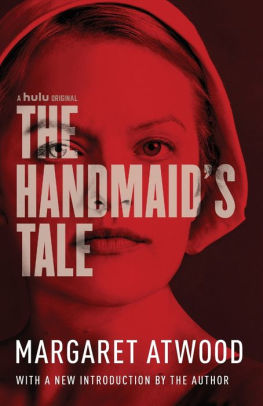 |
| One of the Utah Umbrella Corporation Picture created by CMC Studio |
In the previous article about choosing a new role-playing game (RPG), I covered considering the level of narration and game mechanics. I have another major point when looking at games for my group: character creation. I’m sure there are people who will disagree with my point, and they will be correct in their arguments. As this is a factor for my gaming group, it may be for your group. There might be other points to consider, and, then again, you might have a great group that will sit down and play anything.
How characters are created helps determine the success of introducing a new game to our table. System complexity is a contributor we have determined plays a major role in character generation. This, in turn, shows itself in another, and probably bigger, issue. Time.
System Complexity
Some RPGs have a lot of game mechanics. Mechanics can make a game easier or harder, depending more on the players rather than the rule set. This goes back to knowing who likes complete rules they can refer to and fall back on when determining how the game should be played. I have nothing against complex games. But, I also like games that are open to interpretation and have literally no rules to effectively use. You need to know where you and your group are comfortable when it comes to the level of complexity you enjoy. This is important because it will factor in when you’re building characters.
RPGs, like Top Secret(yes, I’m reaching back a few years), limit options for what characters are played—you are a human spy. There are also a smaller set of abilities and skills. Others have entire books depicting races, classes, and other abilities to choose from. You can restrict the number of works to draw upon. However, with the internet, a game master (GM) will probably be placed in a position to make a decision if a certain race, or class, profession, specialty, power, etc. would be allowed in their game. Be ready to address these questions.
 |
| A classic horror investigator |
All of the classes or professions and abilities available should also be considered as part of the possibilities to be dealt with. Players want their character to be unique. They might be basing them on another character, but they want them to be original. They also want them to be the best they can be.
Being the best doesn’t always mean being the most powerful. Some of the best role-players I have seen like to create characters with dramatic flaws. So, here is another level of consideration you should have on character creation. What style of characters does your group like to play? If they have few or no flaws, then you have a different style of play than a group where everyone has something messing things up almost every session.
When you get to a point you have an understanding of your RPG group’s character styles, you have a better direction of what type of game they would be more interested in. Seriously, if you try to introduce a wacky cartoon based game to a group of avid Travelerplayers, it might not work very well. On the flip side, talk to your group and see if they would be interested in something completely different for a change of pace. I’ve seen a group embrace this level of change, even if it was for only a limited campaign.
Getting the Game to the Table
In my group, character creation is probably one of the major factors delaying a new game starting. You will hear a multitude of reasons, or excuses. But, it all comes down to time.
Contrary to popular opinion,, gamers are busy people like everyone else. We have jobs, school, family, and other interests competing for our time. Creating a character for a game they haven’t played before is only going to be a priority if it’s a game they want to play. Even if it is the greatest game to come along, the more involved the process is, the harder it is to fit it into our schedules.
You may want to consider making the characters yourself or using some pre-generated characters from the first one. This is one way of letting players get a feel for the RPG without investing their time into something they aren’t yet sure about. Then, when they see it is something they want to continue with, they will be more likely to create a character of their own.
 |
| Historical women pirates |
Creating the characters yourself also gives a better understanding of the game system you are introducing. This allows you as the GM to provide comments to help the players understand the system and different options their characters have.
If you already have a lot of interest, set aside a block of time on a game night, or another night, for building characters. I’ve found this works better than having people work on creating characters between sessions in their free time (remember where their priorities are). This reduces a lot of frustration for those who want to get started.
If you are trying to get people started during their own time, they also need to have access to the material needed to create a character. Not many people want to go out and buy a new book of something they’re not sure they will want to play again.
A compromise I’ve used that has worked well is to give some basic information for people to think about. So, for example, one game we are looking at playing after wrapping up a current campaign is Planet Mercenary. Instead of giving a lot of information, we are giving everyone a brief handout/file about basics of the characters. No one is building a character yet. Instead we are coming up with character concepts. Then we will have a session where we will create the characters and the ship with its artificial intelligence.
This process takes longer. But, for a game like Planet Mercenary where you need people working together to create the initial starting parameters, this provides information in digestible chunks.
There are a lot of wonderful RPGs to be played. And more are being written. My hope is that you can find some you and your group will embrace and enjoy.
If you have a comment, suggestion, or critique please leave a comment here or send an email to guildmastergaming@gmail.com.


















